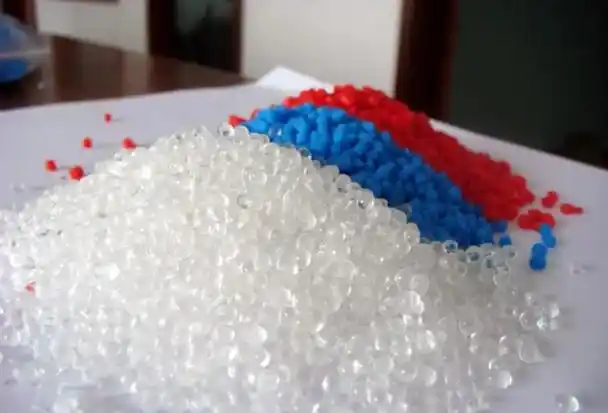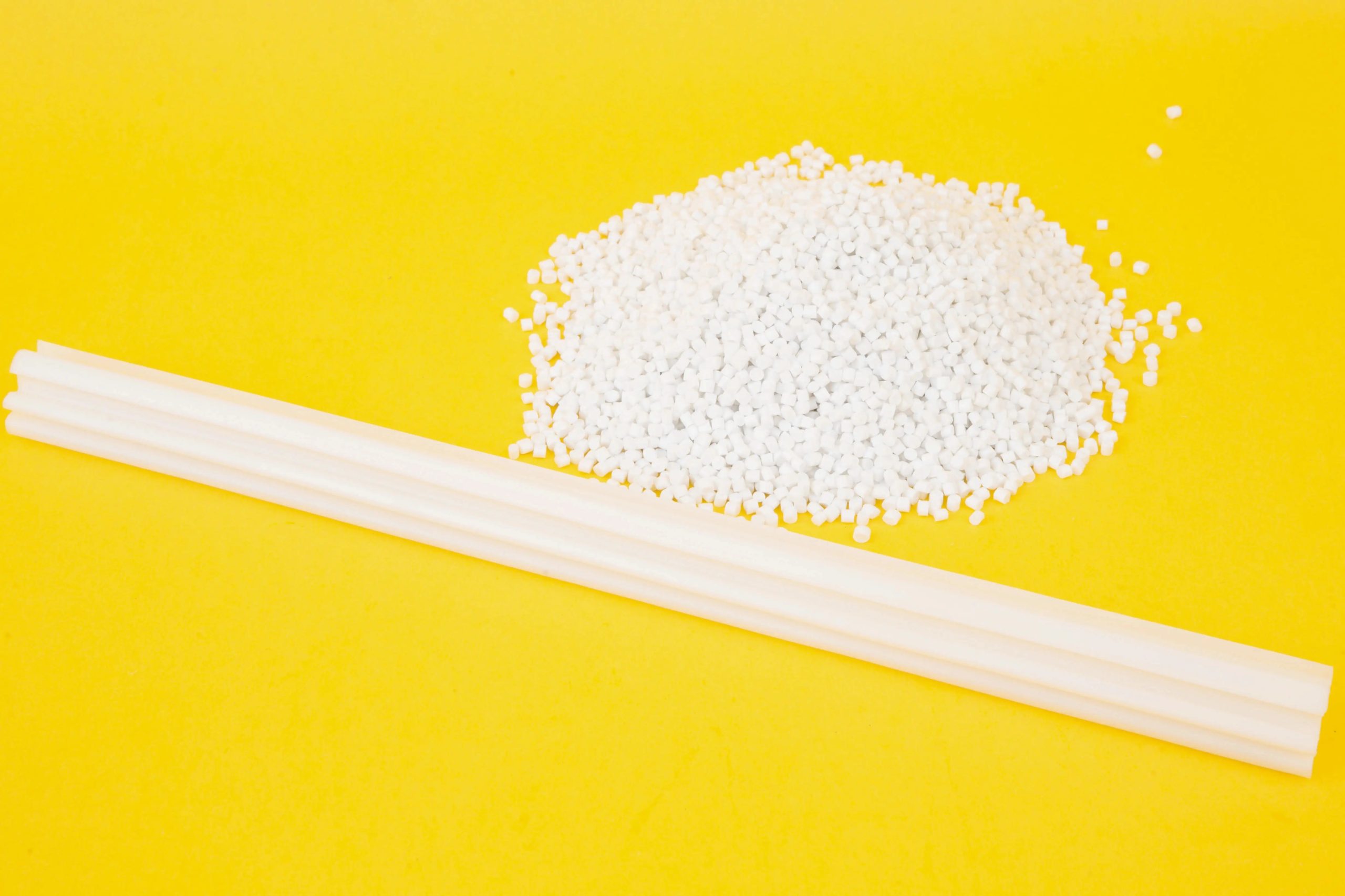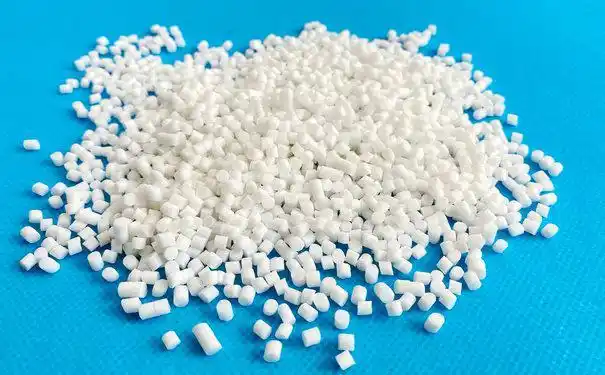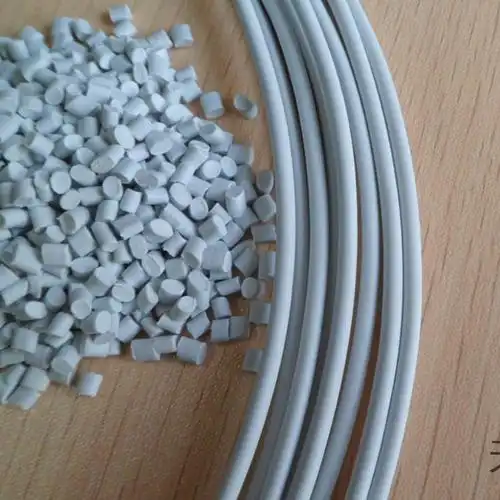Having spent nearly two decades working with sealing materials in industries ranging from construction to automotive, I’ve seen firsthand how critical the right sealing strip can be. When clients or colleagues ask me whether TPE (Thermoplastic Elastomer) sealing strips or silicone rubber sealing strips are the better choice, I know they’re looking for a material that ensures a tight seal, withstands their specific environment, and fits their budget. Both TPE and silicone are fantastic materials, but they shine in different scenarios. Drawing from my experience specifying seals for everything from window frames to industrial machinery, I’ll break down their properties, applications, and trade-offs to help you decide which is best for your project.
The Role of Sealing Strips
Sealing strips are unsung heroes in countless applications. They keep out water, air, dust, and noise while maintaining structural integrity in doors, windows, machinery, vehicles, and appliances. A good sealing strip needs to be flexible, durable, and resistant to environmental stressors like temperature swings, UV light, or chemicals. Choosing between TPE and silicone isn’t just about picking a material—it’s about matching the seal to the job at hand.

I’ve worked on projects where the wrong seal led to leaks, noise complaints, or premature wear, costing time and money. On the flip side, I’ve seen well-chosen seals last decades, quietly doing their job. Let’s explore TPE and silicone to see how they measure up.
What Is TPE?
TPE, or Thermoplastic Elastomer, is a hybrid material that blends the flexibility of rubber with the moldability of plastics. It’s available in various formulations (like SEBS, SBS, or TPU), each tuned for specific properties. For sealing strips, TPE is prized for its cost-effectiveness, recyclability, and ease of processing. It can be extruded into complex profiles, making it ideal for custom seals in windows, doors, or automotive parts.
In my career, I’ve specified TPE seals for residential window frames and car door gaskets, where their balance of performance and affordability made them a natural fit. TPE’s ability to bounce back after compression is key for maintaining a tight seal over time.
What Is Silicone Rubber?
Silicone rubber is a synthetic elastomer made from silicon, oxygen, and other elements. It’s renowned for its exceptional temperature resistance and chemical inertness, making it a go-to for demanding environments. Silicone seals are common in industrial equipment, medical devices, and food processing due to their durability and non-toxic nature.
I’ve seen silicone sealing strips outperform in harsh settings—like high-heat ovens or chemical plants—where other materials would degrade. Its ability to stay flexible in extreme cold or heat is a standout feature, though it comes at a higher cost.
Comparing TPE and Silicone for Sealing Strips
To figure out which material is better for sealing strips, let’s compare their performance across key factors. I’ve based this on my observations from lab tests, field applications, and client feedback.
1. Flexibility and Compression Set
Sealing strips must flex to fit gaps and recover their shape after being compressed. TPE offers excellent flexibility, with a soft, rubbery feel that seals well in moderate conditions. Its compression set (the ability to return to its original shape) is good but can degrade over time, especially under constant pressure or high temperatures. I’ve used TPE seals in residential doors, where they maintained a tight seal for 5-7 years before showing slight deformation.
Silicone excels in flexibility and has a superior compression set, meaning it bounces back even after prolonged compression across a wide temperature range (-60°C to 200°C or -76°F to 392°F). This makes it ideal for dynamic seals, like those in moving machinery. In a food processing plant I worked with, silicone seals in oven doors stayed effective through thousands of open-close cycles in high heat.

2. Temperature Resistance
Sealing strips often face temperature extremes, from freezing winters to scorching industrial environments. TPE handles temperatures up to 120°C (248°F) in most formulations, but prolonged exposure above 100°C (212°F) can cause softening or cracking. It’s fine for indoor or mild outdoor use, like window seals in temperate climates. I’ve seen TPE seals fail in automotive engine compartments where temperatures spiked, requiring a switch to a more heat-resistant material.
Silicone is unmatched for temperature resistance, operating reliably from -60°C to 200°C (-76°F to 392°F), with some grades going higher. It’s the go-to for high-heat or cryogenic applications. In an industrial oven project, silicone sealing strips lasted years at 180°C (356°F), while TPE would have melted.
3. Weather and UV Resistance
Outdoor seals face sunlight, rain, and humidity, which can degrade materials over time. TPE, especially SEBS-based formulations, offers good UV and weather resistance, making it suitable for outdoor windows or car gaskets. However, prolonged exposure to intense sunlight can cause fading or brittleness. I’ve specified TPE seals for patio doors in coastal areas, where they held up well against moisture but needed replacement after 8-10 years due to UV wear.
Silicone is highly resistant to UV, ozone, and weathering, maintaining its properties even after years of exposure. It’s ideal for outdoor or marine applications. In a marine project I consulted on, silicone seals on boat hatches resisted salt spray and sunlight for over a decade, far outlasting rubber alternatives.
4. Chemical Resistance
Seals in industrial or automotive settings may contact oils, solvents, or cleaning agents. TPE has variable chemical resistance depending on its blend. SEBS-based TPE resists water and mild detergents but degrades with oils or harsh solvents. In a factory I worked with, TPE seals in machinery exposed to hydraulic oil needed frequent replacement due to swelling.
Silicone is chemically inert, resisting oils, solvents, and most chemicals (except strong acids or alkalis). It’s a top choice for chemical plants or food processing, where seals face aggressive cleaners. Silicone seals in a pharmaceutical facility I visited withstood daily sanitization with no degradation.
5. Cost and Manufacturing
Budget often drives material decisions. TPE is significantly cheaper than silicone, both in raw material and processing. Its thermoplastic nature allows for high-speed extrusion, reducing production costs. For large-scale projects, like sealing strips for commercial buildings, I’ve recommended TPE to keep costs manageable while meeting performance needs.
Silicone is pricier due to its complex chemistry and slower curing process. It requires specialized equipment for molding or extrusion, adding to costs. In high-value applications, like aerospace or medical equipment, I’ve seen silicone’s cost justified by its longevity, but it’s overkill for standard uses.

6. Adhesion and Installation
Sealing strips often need to adhere to surfaces or fit into grooves. TPE bonds well with adhesives and can be co-extruded with rigid plastics for snap-fit profiles, making installation easy. Its versatility in shaping has made it a favorite in automotive gaskets, where I’ve seen TPE seals streamline assembly lines.
Silicone has lower surface energy, making adhesion trickier unless primers or special adhesives are used. However, its flexibility allows it to conform to irregular surfaces. In a construction project, silicone seals required extra adhesive prep but sealed window frames perfectly in high-humidity conditions.
Here’s a comparison table summarizing these factors:
| Property | TPE | Silicone | Best Choice |
|---|---|---|---|
| Flexibility | Good, moderate compression set | Excellent, low compression set | Silicone for dynamic seals |
| Temperature Resistance | Up to 120°C (248°F) | Up to 200°C (392°F) | Silicone for extreme temps |
| Weather Resistance | Good, UV degrades over time | Excellent, UV-resistant | Silicone for outdoor use |
| Chemical Resistance | Variable, weak to oils | Excellent, inert | Silicone for harsh chemicals |
When to Choose TPE Sealing Strips
From my experience, TPE is the better choice for sealing strips in these scenarios:
Indoor or Mild Outdoor Use: Windows, doors, or appliances in temperate climates where temperatures stay below 100°C (212°F). I’ve specified TPE seals for office building windows, where they provided reliable insulation for years.
Cost-Conscious Projects: Large-scale applications, like commercial construction or consumer goods, where budget is a priority. A manufacturer I worked with used TPE seals in refrigerator doors to keep production costs low.
Easy Installation: Applications requiring complex profiles or adhesive bonding, like automotive gaskets. TPE’s moldability simplified assembly in a car plant I consulted for.
When to Choose Silicone Rubber Sealing Strips
Silicone is the go-to for these situations:
Extreme Temperatures: High-heat environments like ovens, engines, or cryogenic systems. Silicone seals in an industrial furnace I worked on lasted years at 190°C (374°F).
Harsh Environments: Outdoor, marine, or chemical settings where UV, weather, or chemicals are concerns. Silicone seals on a yacht’s portholes I saw resisted salt and sun exposure flawlessly.
Food or Medical Applications: Industries requiring non-toxic, FDA-compliant materials. In a food packaging plant, silicone seals met strict hygiene standards while enduring frequent cleaning.

Practical Considerations for Choosing Sealing Strips
Selecting the right material goes beyond properties—it’s about your specific application. Here’s what I’ve learned to focus on when recommending seals:
1. Environmental Exposure
Assess temperature, weather, and chemical exposure. If your seal faces sub-zero winters or scorching summers, silicone’s wide temperature range is a must. For indoor HVAC units, TPE’s adequate. I always ask clients for detailed environmental data to avoid premature failures.
2. Seal Design
Sealing strips come in various shapes—hollow, solid, or co-extruded. TPE is easier to mold into complex profiles, like multi-chamber seals for windows. Silicone is better for simple, flexible profiles that need to conform to irregular surfaces. In a construction project, TPE’s intricate profiles sealed window frames tightly, while silicone’s flexibility worked better for curved skylights.
3. Installation and Maintenance
Consider how the seal will be installed and maintained. TPE’s adhesive compatibility speeds up installation, while silicone may need primers or mechanical fixing. Both require periodic cleaning to remove dust or debris. I recommend quarterly inspections, based on my maintenance plans for clients.
4. Lifespan and Replacement Costs
TPE seals typically last 5-10 years in moderate conditions but may need earlier replacement in harsh environments. Silicone can last 10-20 years in extreme settings, offsetting its higher cost. A chemical plant I advised saved on maintenance by using silicone seals, despite the initial expense.
5. Regulatory Requirements
Food, medical, or aerospace applications may require FDA, NSF, or MIL-spec compliance. Silicone is often certified for these, while TPE may need specific formulations. I’ve ensured silicone seals met FDA standards for a dairy processing line, avoiding compliance issues.
Real-World Examples
A few years back, I helped a commercial builder choose sealing strips for a high-rise’s window system. We went with TPE because the temperate climate and budget constraints made it a practical choice. The seals have held up for 7 years with no leaks. In contrast, a pharmaceutical manufacturer I worked with needed seals for equipment exposed to aggressive disinfectants and high heat. Silicone seals were the only option, lasting over a decade without degradation. These cases show how application drives material choice.
Tips for Maximizing Sealing Strip Performance
To get the most out of your TPE or silicone sealing strips, here’s what I’ve found works:
Proper Installation: Ensure surfaces are clean and dry before applying seals. Misaligned seals, like ones I fixed in a leaky door, reduce effectiveness.
Regular Cleaning: Remove dirt or debris with mild soap and water to prevent wear. I’ve seen neglected seals fail early due to grit buildup.
Check Compression: Test seals periodically for compression set by pressing them. Replace if they don’t recover fully, as I’ve advised for machinery seals.
Store Correctly: Keep spare seals in a cool, dark place to avoid UV or heat damage. I’ve seen improperly stored TPE seals crack before use.
Match to Application: Avoid overspecifying—don’t use silicone for mild indoor use when TPE will do. This saved a client thousands on a warehouse project.

Limitations of TPE and Silicone
Both materials have trade-offs. TPE struggles with high heat, oils, and intense UV exposure, limiting its use in extreme conditions. Its lifespan is shorter under constant stress. Silicone, while durable, is costlier and harder to bond, requiring extra installation effort. Its lower abrasion resistance can also be an issue in high-wear applications. I’ve seen both fail when misapplied, so realistic expectations are crucial.
Safety and Environmental Considerations
Sealing strips are generally safe, but ensure proper ventilation when applying adhesives or primers, especially with silicone. Environmentally, TPE is recyclable, aligning with sustainability goals, while silicone is less recyclable but lasts longer, reducing waste. If eco-friendliness matters, TPE may have an edge, as I’ve noted in green building projects.
Future Trends in Sealing Materials
The sealing industry is innovating, with bio-based TPEs emerging for sustainability and high-performance silicone blends improving abrasion resistance. I expect hybrid materials to blend TPE’s cost-effectiveness with silicone’s durability in the coming years. For now, understanding your application is the best approach.
Closing Thoughts
Choosing between TPE and silicone rubber sealing strips hinges on your environment, budget, and performance needs. TPE is a versatile, affordable option for indoor or mild outdoor seals, while silicone excels in extreme temperatures, harsh chemicals, or regulated industries. My years specifying seals for buildings, vehicles, and machinery have shown me that the right choice depends on the job’s demands.
Evaluate your conditions, test samples if possible, and consult suppliers for the best fit. Whether you’re sealing a window or a chemical reactor, the right material will keep things tight and trouble-free. Need more clarity or tackling a specific project? Check the Q&A below or reach out to a sealing expert for tailored advice.

Related Questions and Answers
Q: Can TPE seals be used in outdoor applications with heavy rain?
A: Yes, SEBS-based TPE resists water well, but prolonged UV exposure may degrade it. Silicone’s better for long-term outdoor use.
Q: Are silicone seals safe for medical equipment?
A: Absolutely, medical-grade silicone is biocompatible and meets FDA or USP Class VI standards. Always verify certifications.
Q: How often should I replace TPE or silicone sealing strips?
A: TPE lasts 5-10 years in moderate conditions; silicone can last 10-20 years in harsh environments. Inspect quarterly for wear.
Q: Can I use the same adhesive for TPE and silicone seals?
A: No, silicone often needs primers or silicone-specific adhesives due to its low surface energy. TPE bonds easier with standard adhesives.
Q: Are there greener alternatives to TPE or silicone for sealing strips?
A: Bio-based TPEs are emerging as recyclable options. Silicone is less eco-friendly but its longevity reduces replacement waste.





